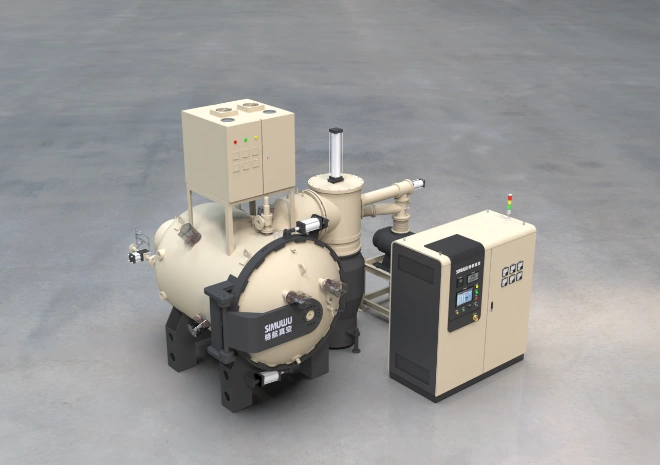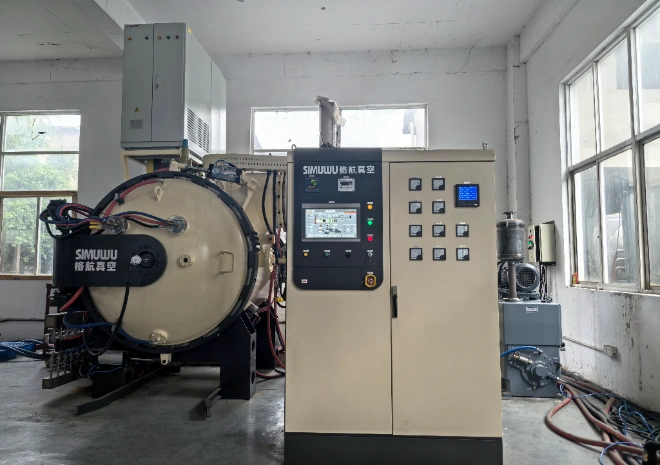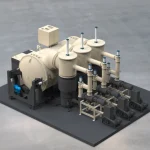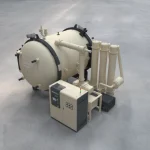How to Choose the Right Vacuum Brazing Furnace
Introduction
A Vacuum Brazing Furnace is an advanced piece of equipment designed for joining metals in a controlled vacuum environment. It ensures high-quality brazed joints with minimal oxidation, excellent mechanical strength, and precise temperature control. Choosing the right vacuum brazing furnace is crucial for manufacturers in aerospace, medical, automotive, and electronics industries. This guide explains the key factors to consider before making a purchase decision.

1. Define Your Application Requirements
Different industries require different furnace specifications. For example:
Aerospace Components – demand high precision and uniform heating.
Medical Devices – require contamination-free processing.
Copper and Aluminum Parts – need optimized temperature cycles to avoid deformation.
Clearly identifying your application helps narrow down the right furnace type and size.
2. Furnace Size and Load Capacity
Selecting the proper furnace chamber size is critical.
Small furnaces are suitable for research labs or low-volume production.
Medium to large furnaces are ideal for mass production and heavy-duty components.
Oversized equipment increases costs, while undersized units limit productivity.
3. Temperature and Atmosphere Control
The success of vacuum brazing depends on precise temperature and pressure management.
Look for furnaces with multi-zone heating systems for uniformity.
Advanced models offer programmable temperature curves.
Stable vacuum levels ensure clean brazing joints without oxidation.
4. Energy Efficiency and Operating Costs
An energy-efficient vacuum brazing furnace reduces long-term operating expenses.
Check for modern insulation materials.
Choose systems with efficient pumping and heating designs.
Consider furnaces that support low energy consumption without compromising quality.
5. Manufacturer and After-Sales Support
Partnering with a reliable manufacturer ensures long-term success.
Choose a vacuum brazing furnace supplier in China such as SIMUWU, which offers global support.
Look for customization options to match your production requirements.
Ensure the supplier provides technical training, spare parts, and quick maintenance response.
6. Cost vs. Value
While vacuum brazing furnace price is an important factor, the lowest-cost option is not always the best. Consider:
Initial investment vs. lifecycle cost
Equipment reliability and uptime
Productivity improvements gained by high-quality brazing
A well-selected furnace can deliver higher return on investment over time.
Conclusion

Choosing the right Vacuum Brazing Furnace requires careful consideration of application needs, furnace size, temperature control, energy efficiency, and supplier reliability. By partnering with a trusted brand like SIMUWU Vacuum Furnace, manufacturers can achieve precision, consistency, and cost efficiency in brazing operations.








